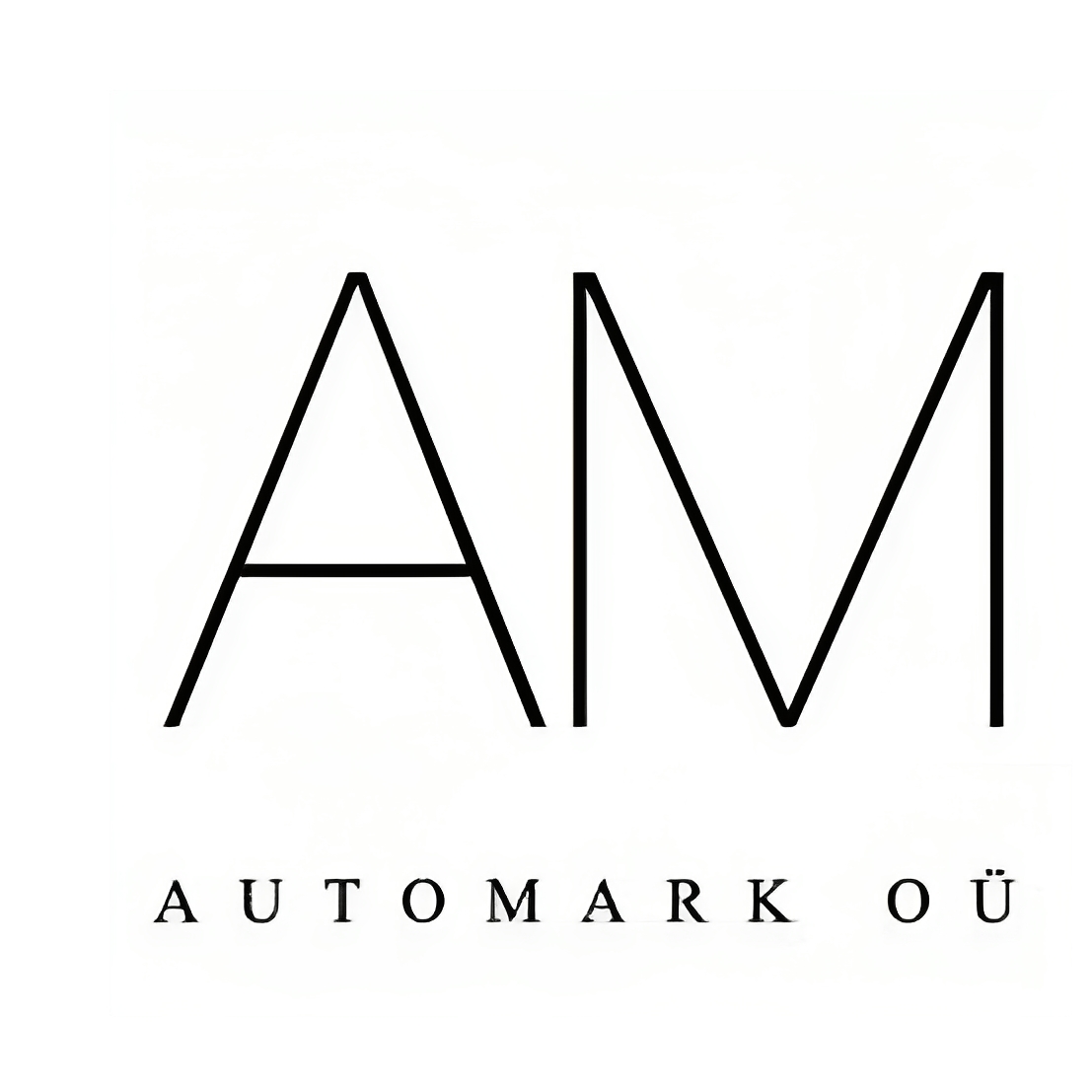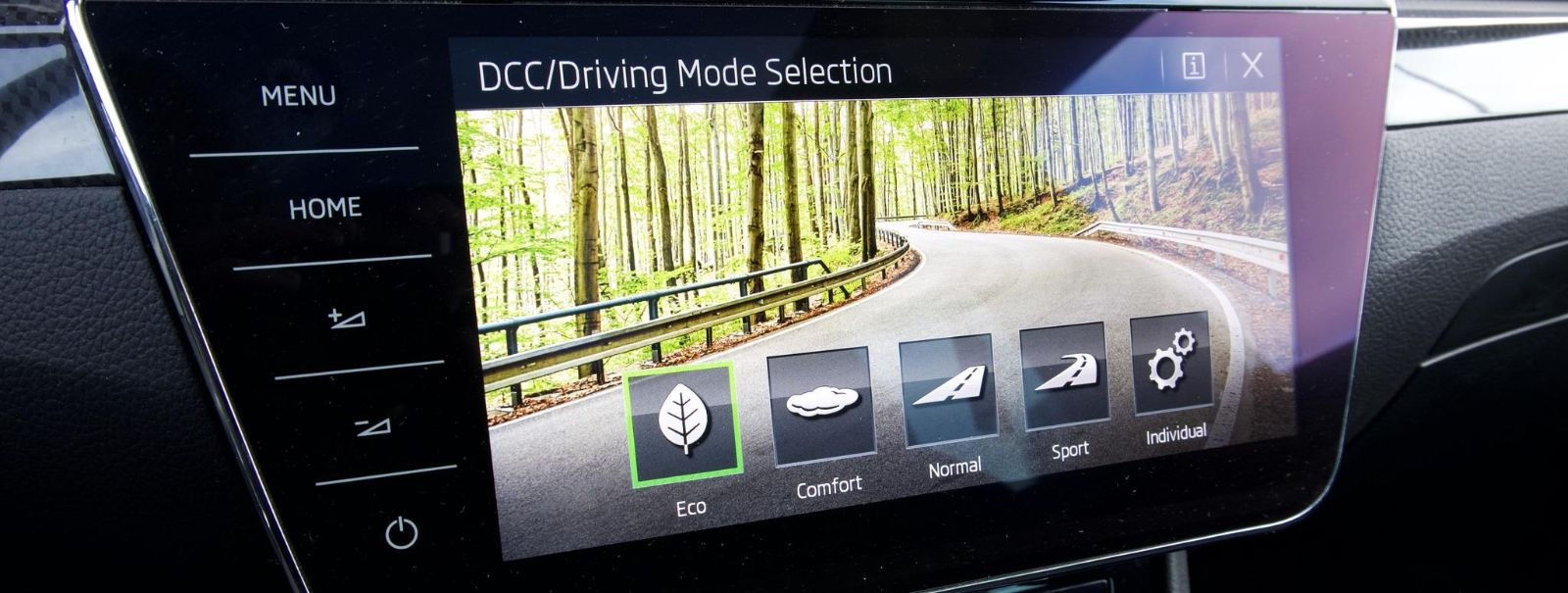How to spot a reliable pre-owned vehicle
When it comes to purchasing a pre-owned vehicle, reliability stands out as a paramount concern. A reliable used car offers peace of mind, safety, and value for money. But how can you ensure that the vehicle you're considering will be a dependable companion on the road? This comprehensive guide will walk you through the steps to identify a reliable pre-owned vehicle that meets your needs and expectations.
Reliability in a used car translates to fewer unexpected repairs, lower ownership costs, and a longer vehicle lifespan. It's the difference between a car that serves as a trusty mode of transportation and one that becomes a source of stress and financial strain.
Several factors contribute to a vehicle's reliability, including its maintenance history, age, mileage, and the reputation of its make and model. Understanding these factors can help you make an informed decision when selecting a pre-owned car.
Initial Considerations When Searching for a Pre-Owned Vehicle
Before diving into the search, it's crucial to define what you need in a vehicle. Consider factors such as size, fuel efficiency, and features that are important to you. This will help narrow down your options and focus your search on cars that truly fit your lifestyle.
Start by researching the make and model of the vehicles you're interested in. Look for cars known for their longevity and dependability. Additionally, utilize vehicle history report services to check for any past accidents, ownership changes, or service issues that could affect reliability.
Exterior Inspection Checklist
Inspect the car's body for signs of damage or rust. Check the alignment of body panels and the condition of the paint. These can be indicators of past accidents or poor maintenance.
Examine the tires for even wear and sufficient tread depth. Uneven wear can indicate alignment or suspension issues. Also, inspect the wheels for damage that could compromise safety.
Interior Inspection Checklist
Inside the car, look for signs of wear on the upholstery and test all controls to ensure they are functioning properly. This includes the air conditioning, heating, and all dashboard indicators.
Verify that all electronic components, such as the stereo, navigation system, and power windows, are operational. Malfunctioning electronics can be costly to repair.
Under the Hood: Mechanical Inspection
Under the hood, check for leaks, corrosion, and the condition of belts and hoses. Start the engine and listen for any unusual noises that could indicate mechanical problems.
Assess the transmission fluid for proper levels and condition. During a test drive, pay attention to how the transmission shifts and listen for any grinding or whining sounds.
Professional Inspection and Documentation
Even if you're knowledgeable about cars, it's wise to have a pre-owned vehicle inspected by a qualified mechanic. They can identify potential issues that may not be apparent during a visual inspection.
Review the vehicle's service records to ensure it has been regularly maintained. A complete history can be a good indicator of a car's reliability. Vehicle history reports can provide additional insights into the car's past and any red flags.
Test Drive: The Ultimate Reliability Test
During a test drive, listen for engine smoothness, brake effectiveness, and any unusual noises. Feel for steering responsiveness and suspension performance. These factors can reveal a lot about the car's condition.
Finally, assess the overall handling and comfort of the vehicle during the test drive. Make sure it meets your expectations for daily driving and long-term satisfaction.






Comments (0)